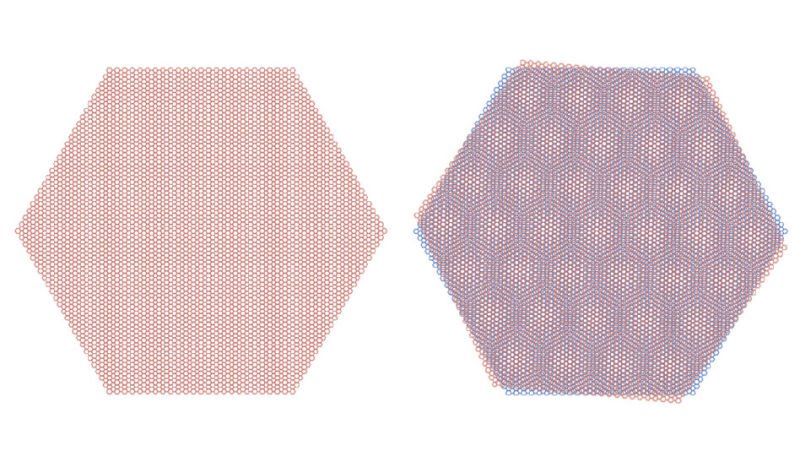Scientists and inventors are looking into ways to design a new type of superconductor with little to no resistance, to enable consuming less energy when moving electric charge. A group of scientists succeeded at this challenge by using graphene, known as a wonder material.
For a long time, scientists around the world have been trying to find a way to cut the price of electrical energy, and make it more efficient. The new superconductor was created by placing two graphene layers on top of one another, so that they would conduct electrons. This new method, not only saves energy costs, it may even prove to be a more efficient method that will help researchers design more powerful quantum computers in the future.
According to the international group of scientists from MIT, Harvard, and Japan’s National Institute for Materials Sciences, they came across this groundbreaking invention by accident.
“It was a very unexpected discovery, having worked with graphene for a long time,” Pable Jarillo-Herrero, an MIT scientist told Gizmodo. Adding that their creation has “very similar characteristics to high-temperature superconductors that remain to be understood.”
They were studying the orientation also known as the “magic angle” – 1.1 degrees. They also wanted to learn what that orientation would do to graphene. They placed two sheets of graphene together, twisting it to the magic angle, and applied a small electric field. Soon after they found out that they had discovered a new type of superconductor. To confirm their observations, they tested it with other experiments and got the same results, as the graphene continued showing the same properties in different experiments.
“We have produced all of this in different devices and measured it with collaborators. This is something in which we’re very confident,” Jarillo-Herrero said in a statement.
Carbon atoms can be found at each corner of a tessellation of hexagon, inside the sheet of graphene. Once two sheets of graphene are put on top of each other, the hexagons inside the sheets start to form special patterns called Moire. The scientists refer to this small twist as the magic angle, as it fools the system that each unit of hexagon is larger than it actually is.
The system the researchers created resembles that of a Mott insulator, although by adding an electrical field, scientists turned it into a new type of superconductor. It’s worth adding that the discovered graphene superconductor doesn’t behave the same as typical superconductors. Scientists revealed their findings in two papers in the journal Nature.
This study is also very important for the further development of superconductors, particularly those that will be able to function at room temperature. Many superconductors work properly only in environments with near absolute zero temperatures. This way of operation is quite expensive, and furthermore, it’s not practical for real-time use. The recent study might help scientists develop new methods and that way move towards a completely new direction.





